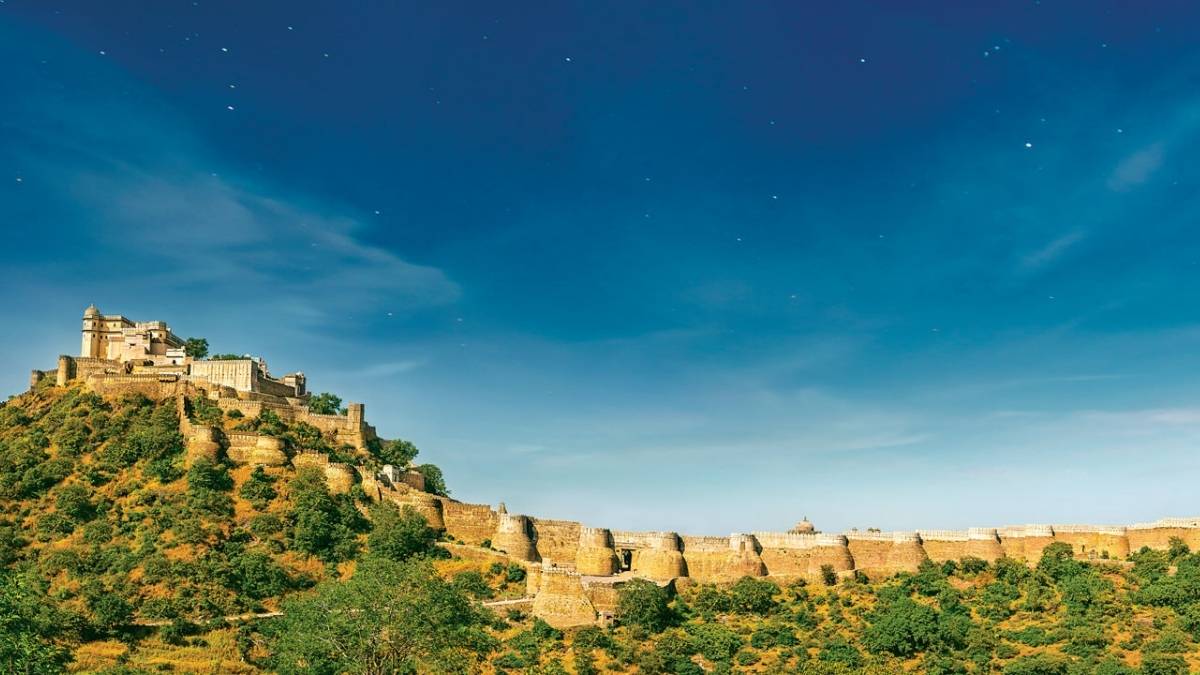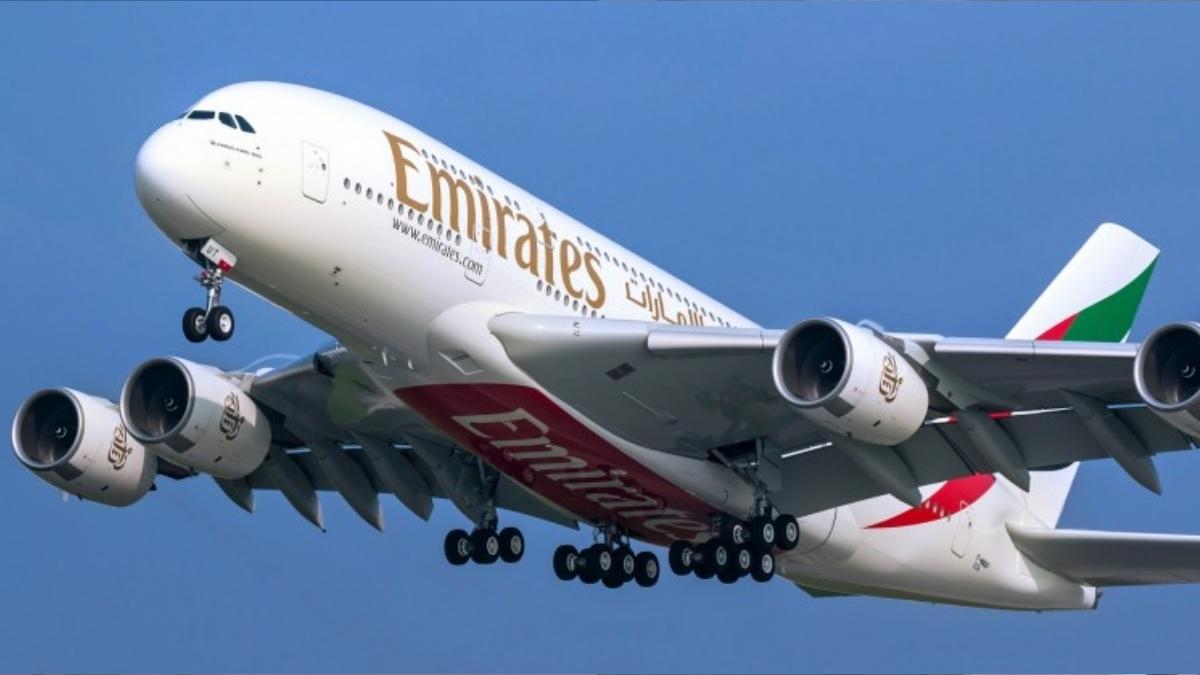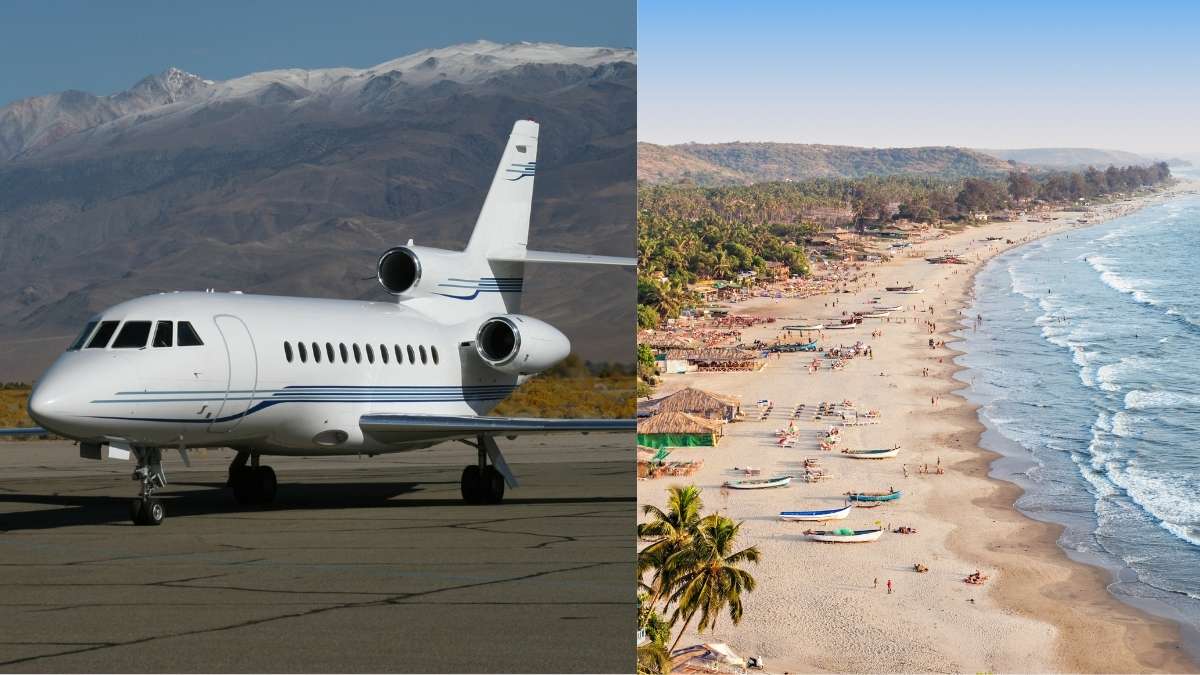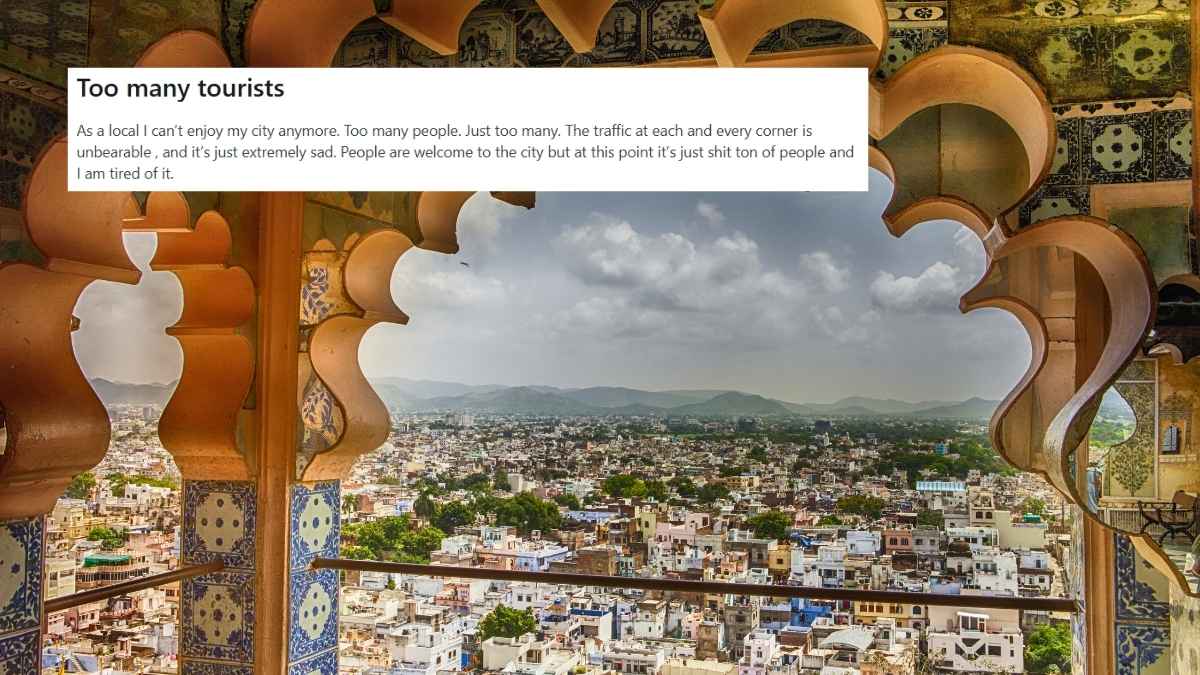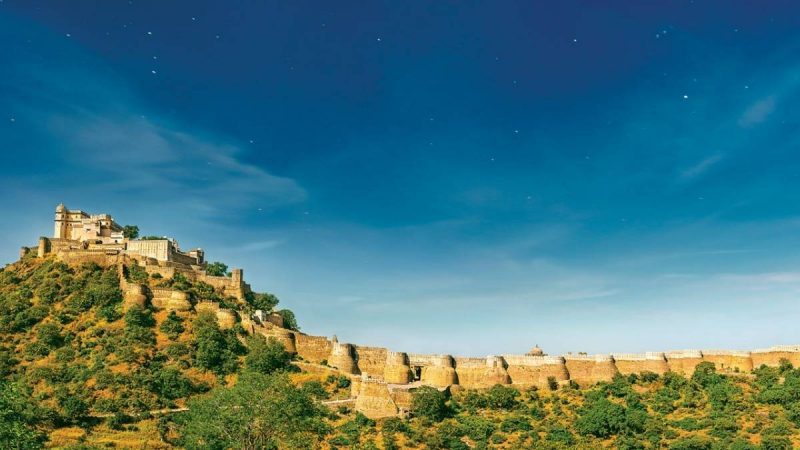There are forts that impress you, and then there’s Kumbhalgarh Fort. It stares you down from the mountains in all of its glory. You first see it from a distance as a massive and jagged piece of rock before it rises out of the Aravallis. People often call it the Great Wall of India, and they are not exaggerating. It is wide enough for eight horses to ride shoulder to shoulder, and for centuries, not a single enemy managed to bring it down by force. It is a testimony and an icon of real, deliberate and centuries-old power.
Kumbhalgarh Fort: The Royal History
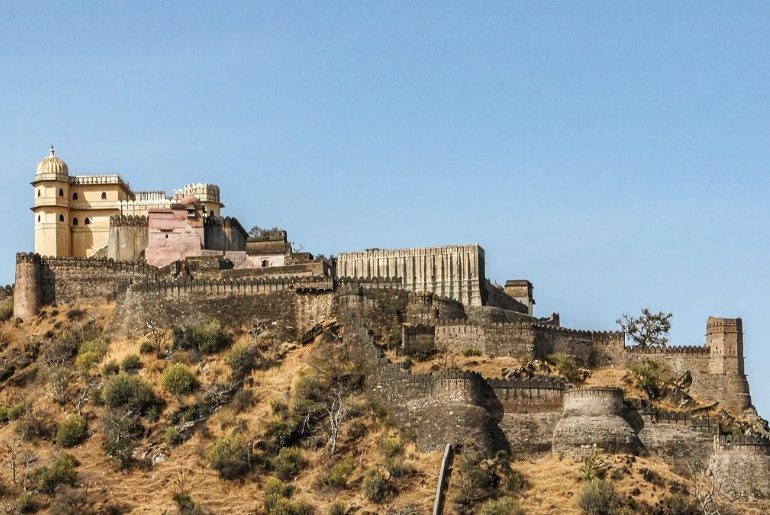
It was built in the 15th century when the city of Mewar was under constant threat from Delhi sultans and Malwa forces. Enter Rana Kumbha, a warrior, architect, strategist, and in many ways, a quiet rebel against the obvious! He chose the hardest terrain and made it his ally. And in that choice, Kumbhalgarh was born.
He didn’t just build a fort; he built a fallback, which was like a ‘Plan B’ for the Mewar dynasty when everything else burnt. And when it did, this is where they came. It was their refuge when Chittorgarh fell and when enemies marched into Udaipur. Maharana Pratap, arguably Rajasthan’s most revered warrior king, was born here in 1540. That detail alone gives the place a different kind of charge.
A Fort That Breathes In Layers
Kumbhalgarh Fort is a layered masterpiece. Tourists do not just explore it; they rather unfold it. There are seven royal gates, each one angled to confuse invaders. The walls are thick and textured by time. They wrap across the landscape in a way that feels both protective and poetic.
At the summit, Badal Mahal or the “Palace of Clouds,” sits like a forgotten relic of royalty. It isn’t grand in the typical sense. The paint is chipped, and the murals have faded. But it doesn’t need a gold leaf to command respect. From up here, the forest looks endless. It offers a beautiful view of the Kumbhalgarh Wildlife Sanctuary, which is home to wolves, leopards, nilgai, and bears. Locals tell you stories of hyenas slinking near the outer walls.
Also Read: 12 Best Historical Forts Near Pune That Offer A Glimpse Of Maratha Legacy
Temples At Kumbhalgarh Fort
Scattered across the fort complex are over 360 temples—yes, three hundred and sixty temples with Jain and Hindu deities. The most visited of these is Neelkanth Mahadev, with its striking black stone lingam and a ceiling that hums with echo.
This is Kumbhalgarh; you come for the wall but stay for the stillness. Visit at sunset when the fort lights flicker on, and the stone glows amber for just a few minutes. And as a souvenir, you are gifted with the feeling that you’re standing on something that was never meant to be forgotten.
Where: Kumbhalgarh, Rajasthan
When: 9 am – 5 pm
Cover Image Courtesy: rajasthantourism/website
For more such snackable content, interesting discoveries and the latest updates on food, travel and experiences in your city, download the Curly Tales App. Download HERE. First Published: July 15, 2025 8:15 PM
